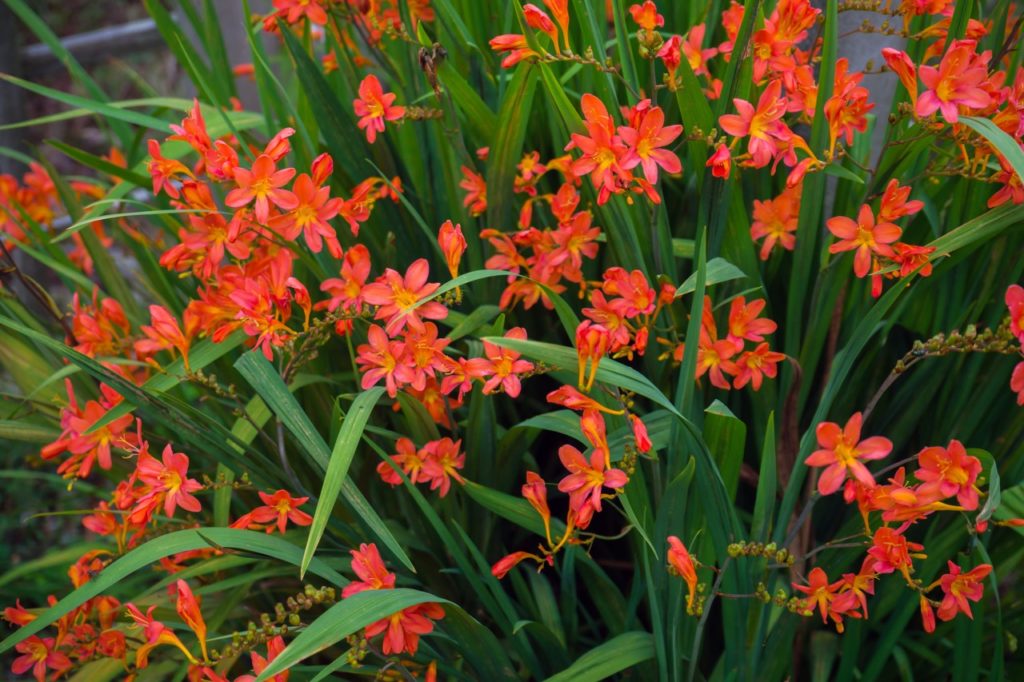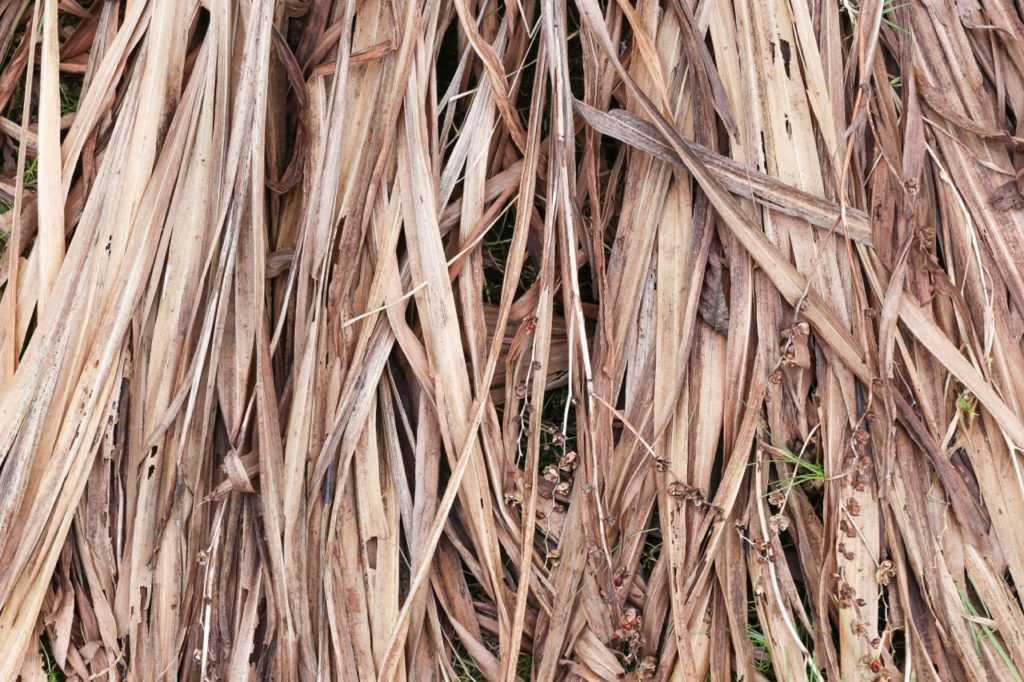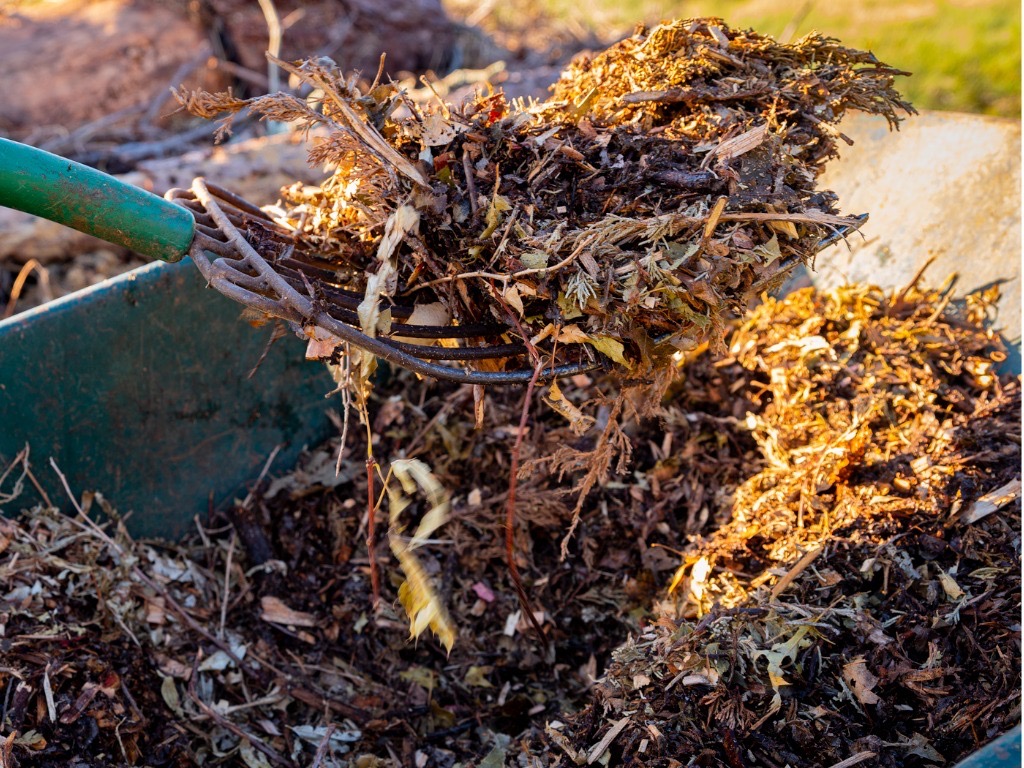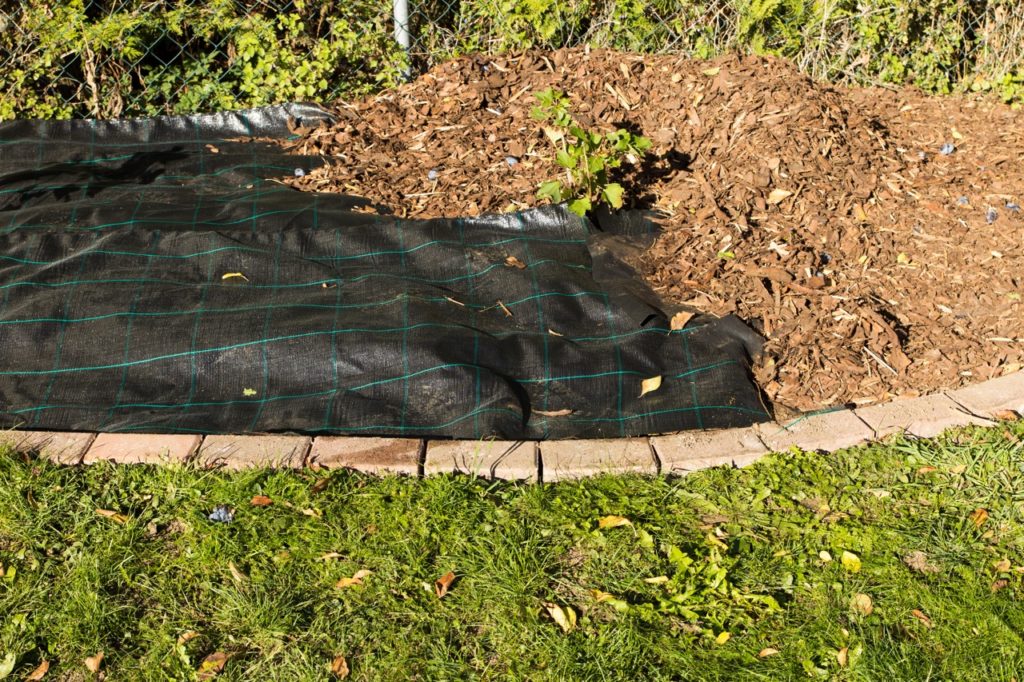Most Crocosmia Corms Should Survive Winter – Follow These Steps To Be Sure

PERENNIALS > CROCOSMIA > OVERWINTERING

Elizabeth is a Permaculture Garden Designer, Sustainability Consultant and Professional Writer, working as an advocate for positive change. She graduated from the University of St. Andrews with an MA in English and Philosophy and obtained a Diploma in Applied Permaculture Design from the Permaculture Association.
Reviewed By COLIN SKELLY

Colin is a Horticulturist and Horticultural Consultant with experience in a range of practical and managerial roles across heritage, commercial and public horticulture. He holds the Royal Horticultural Society’s Master of Horticulture award and has a particular interest in horticultural ecology and naturalistic planting for habitat and climate resilience.
Contributions From MARK WASH

Mark has more than 40 years of experience in horticulture, from growing and breeding at his own nursery, working at garden centres and designing products for the horticultural trade. He’s also won Gold medals at both the Hampton Court and Tatton Park RHS Flower Shows.
IN THIS GUIDE
CROCOSMIA GUIDES
Container Growing
Not Flowering
Overwintering
Pruning
Varieties
Crocosmias are hardy plants which can generally cope well with UK winter conditions.
As herbaceous perennials, their foliage will die back over the winter months before the plants burst into new growth in the spring.
Crocosmias vary slightly in hardiness depending on the variety that you have chosen to grow.
Some are H5 hardy, which means that the corms will survive the winter across the UK, even during extreme winters.
Some are H4, and while they will usually be hardy, damage may occur to the corms during extreme conditions or in the coldest parts of the British Isles.

To care for crocosmia in winter:
- Wait for foliage to die back naturally at the end of autumn or early winter and then cut back foliage any time after die back, ideally in early spring.
- Mulch crocosmias in the ground with an insulating layer of compost or other organic material.
- Consider insulating pots to protect corms in containers in colder locations.
Read on to learn a little more about the above, and to make sure that your crocosmia corms make it through the winter months unscathed:
What Happens To Crocosmia In Winter?
As colder weather arrives, and winter approaches, the foliage which, after flowering, has continued to photosynthesise and collect energy which is stored in the corms below the ground over the winter, will begin to die back naturally.

The green leaves will turn brown and begin to dry up and the energy gathered by the leaves will be stored in the corms, which will remain dormant over the winter months.
Winter care is all about making sure that the corms are safe, and won’t be damaged, as damaged corms may result in poor growth and flowering the following year.
Here are the steps you need to follow to overwinter your crocosmia successfully.
1) Cut Back Dead Foliage
Any time after the leaves have died back naturally, you can cut back the dead foliage to the ground.
As long as the leaves are brown, cutting back should not cause any problems, but make sure that you do not cut back green foliage, as cutting back too early can cause issues with flowering and growth next year.
However, while you can cut back in winter, it is usually best to leave the dead foliage in place over the coldest months.
For one thing, the dead foliage makes a great habitat, providing shelter for garden wildlife during the coldest part of the year.

For another, the dead foliage will also help a little in providing protection to the corms below the ground.
However, if you prefer to keep things neat and tidy in your winter garden, or if there has been a problem with disease, you can cut back and remove the material as soon as winter arrives.
“I suggest that you cut crocosmia back late in the year, leaving around 30cm which will protect young growth in early spring,” recommends Mark Wash from Trecanna Nursery.
Remember, crocosmia cuttings can be added to your composting system, as long there is no disease.
If there is an issue, you should dispose of the material so that the problem does not spread.
2) Mulch Your Corms
Even though crocosmias are hardy plants, it can be a good idea to add an insurance policy and make sure the corms in the ground remain safe from winter cold by replenishing the mulch above the corms before winter arrives, as Master Horticulturist Colin Skelly:
“Crocosmia will struggle to thrive in very dry or very wet soils.
“If these are an issue, then an annual mulch will also help to alleviate these soil conditions as well as provide winter insulation.”

A thick layer of homemade compost or other organic material will help keep the corms protected if it is very cold.
“A good bark mulch will protect the corms over winter and help cap-in moisture in the soil for next year,” says Mark.
3) Insulate Potted Crocosmia
If you are growing crocosmia in containers, it is a good idea to think about insulating pots – especially if you live in a colder area.
Corms in pots are more exposed to winter cold than those growing in the ground.
You can wrap fleece, bubble wrap or other materials around the pot as an insulating layer.
You might also move container-grown plants to a less exposed location in colder regions.

You should also make sure that waterlogging does not become an issue.
Ensure that drainage holes are draining freely and during wet spells over winter, consider raising pots up off the ground.
As you can see from the above, crocosmias are easy to care for and won’t require much work, during the winter.
They are just as easy to care for in winter as they are during other seasons of the year.
